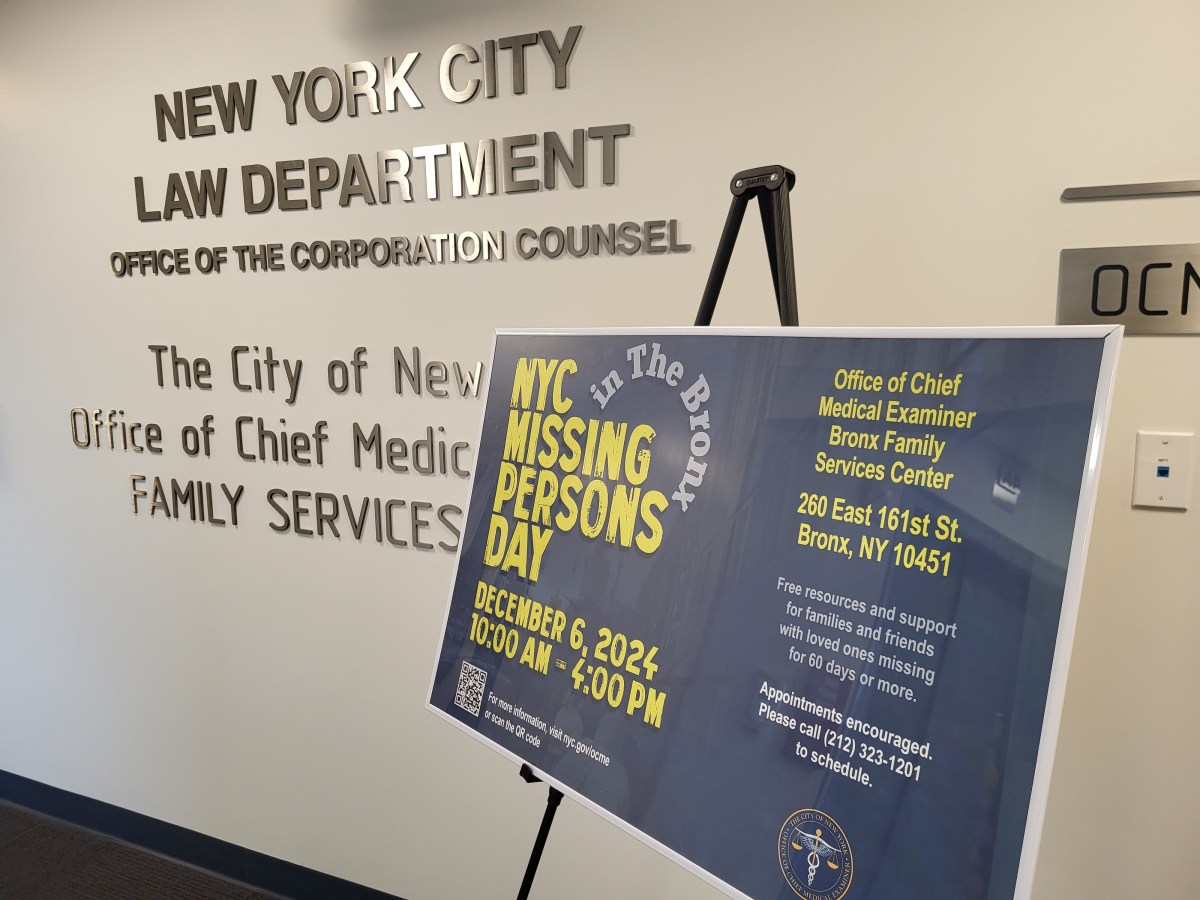American decline is a popular narrative these days.
It’s a central feature of Donald Trump’s presidential campaign — you can’t “make America great again” unless America isn’t-so-great right now.
Although Trump often seems disconnected from reality, on this issue he has a point. The U.S. is in decline. Fortunately, the slide isn’t severe, and there’s probably time to arrest its progress or prevent it from accelerating.
When we say a nation is in decline that can mean several things. Historically, it meant a fall in living standards and the level of economic development. When the Roman Empire declined, the population of Rome shrank, roads crumbled and the empire’s ships disappeared from the ocean. Eventually the European continent fell back into poverty and violence among regional and city-state powers. The same thing happened to China after the fall of the Han Dynasty, and again after the fall of the Qing Dynasty.
Nothing of the kind threatens the U.S. today. Yet it is true that the economic well-being of the average American — defined as median household income — has fallen since the turn of the century.
That’s bad news, obviously, although much of that effect is due to shrinking household size and an influx of low-skilled immigrants. When you adjust for those factors, median income is probably little changed rather than falling. And during that time, technological improvements have made life more enjoyable and leisure more rewarding. We have smartphones and social media now. Our houses are much larger, and most of us are living longer.
So the true standard of living in the U.S. is still going up, it’s just doing so at a very slow rate. The U.S. isn’t about to turn into Rome or the Qing Dynasty. Manhattan won’t become overgrown with weeds, and travelers from distant lands won’t come to gawk at the ruins of the White House.
But there are other senses in which a nation can decline. For example, it can slip in power, wealth and prestige relative to other countries. In this sense, the U.S. has clearly declined.
The U.S.’s main rivals in the past — Europe, Japan and Russia — are weaker than they used to be. But this isn’t a good thing. With the exception of Russia, those countries — the other rich democracies — are the U.S.’s main allies in the world. It’s pretty bad to feel proud of your health because all your friends got sick.
The U.S.’s main competitor, in military and diplomatic terms, is China. And China has gone from being a small fraction of the U.S. economy a few decades ago to being the biggest economy on the planet.
Though its gross domestic product is still less than the U.S.’s when measured at market exchange rates, in terms of purchasing power parity — which takes local prices into account — it is now the biggest, and the gap is widening. China’s takeoff represents a dramatic shift of global power. With its economic rise will come military and diplomatic influence, reducing U.S. supremacy even more.
There is also a third way in which a nation can be in decline — stagnation. In this sense, the U.S. is also in decline, and has been since about 2000.
After 2000, the rate of formation of high-growth startups fell a lot — the U.S. economy became less dynamic. Around halfway through that decade, total factor productivity growth — the ultimate driver of improvements in living standards — also decelerated substantially from its earlier growth rate.
It was about 2000 that U.S. incomes flatlined as well.
Economists argue a lot about the reasons for these negative trends – there is no consensus so far. But it’s clear by now that the turn of the century was also a turning point for the U.S. If “decline” means stagnation, then the U.S. has been in decline for roughly 15 years.
So the narrative of decline being pushed by Donald Trump — and echoed by many other presidential candidates — is real.
So far, the decline isn’t too serious. Living standards haven’t begun to fall outright, and other indicators of social well-being, such as crime, have declined (though other indicators, such as suicide, have risen). It isn’t yet time for panic, but the U.S. should be looking at ways to arrest its decline before it becomes more serious.
What can be done to make America great again? That’s the slogan of Trump’s campaign, but his mix of grandstanding, self-promotion, media provocation and unworkable policy plans is highly unlikely to have any sort of positive effect. Instead, more serious leaders need to think about more serious policies.
One of the simplest and most obvious steps would be more high-skilled immigration.
Switching to a Canada-style points-based immigration system, increasing the total number of immigrants, and giving out green cards instead of H-1B visas would do a lot to boost the skills of the U.S. workforce. Since most immigrants are young, it would also prevent disruption to the economy from the aging of the population and ease the strain on programs like Social Security. It would also increase the population, while encouraging domestic investment to serve an expanding U.S. market. More population would boost total GDP, which would mitigate the U.S. size disadvantage relative to China.
Other changes could include reforming the financial system, promoting greater investment, spending more on education, research, and infrastructure, improving regulation and the tax code, and remaking urban policy to allow higher density, more transit and better public services.
The U.S. may not be able to reverse its decline, but there are steps that can halt it before it gets worse.
Noah Smith is a Bloomberg View columnist.



































